John Parks
Print my own
- Messages
- 4,016
That looks great. Attention to detail is very good
Follow along with the video below to see how to install our site as a web app on your home screen.
Note: This feature may not be available in some browsers.
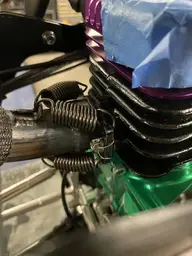
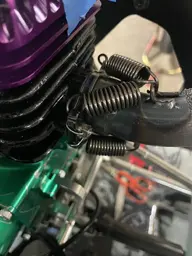
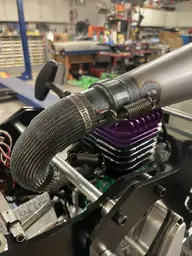
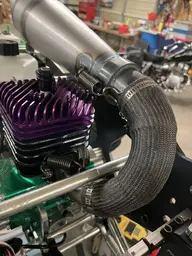

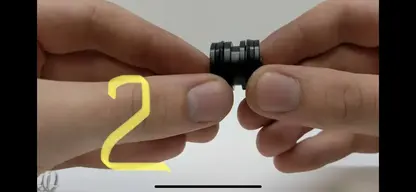
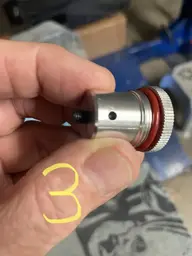
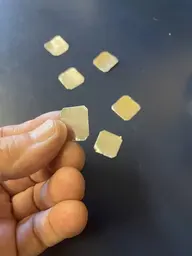
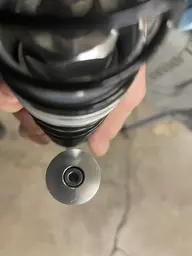
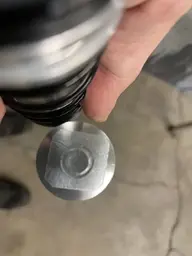
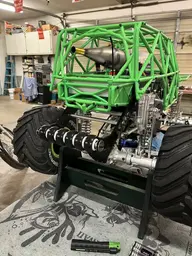
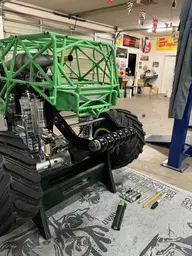
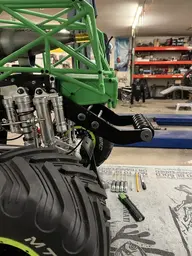
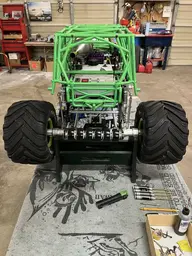
Hi John
Thank you for your comments.
I think they are a great piece.
They are stiff for the purpose of wheelies and yet are forgiving of side loads.
Far better IMO than aluminum side bracing that will bend.
Takes care.
Register and gain access to Discussions, Reviews, Tech Tips, How to Articles, and much more - on the largest Large Scale RC community for RC enthusiasts that covers all aspects of the Large Scale RC!
Register Today It's free! This box will disappear once registered!
We get it, advertisements are annoying!
Sure, ad-blocking software does a great job at blocking ads, but it also blocks useful features of our website. For the best site experience please disable your AdBlocker.